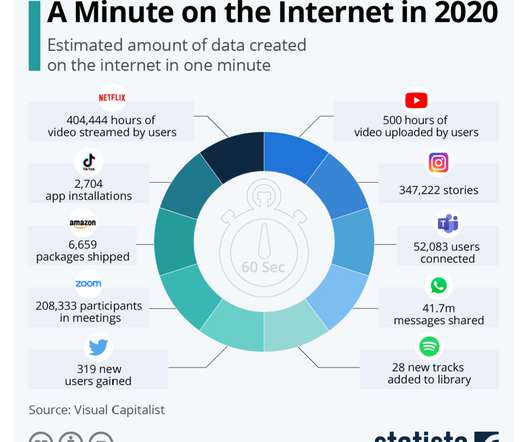How to Perform a Content Migration - Your Checklist for Success
AIIM
DECEMBER 19, 2019
Technical Specialists: A migration could require technical support for the movement of data and questions about implementation and data structures. Determine the Value of the Information in the Source System: Does the source system store formal business records such as financial data, personnel files, contracts, etc.?













Let's personalize your content